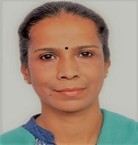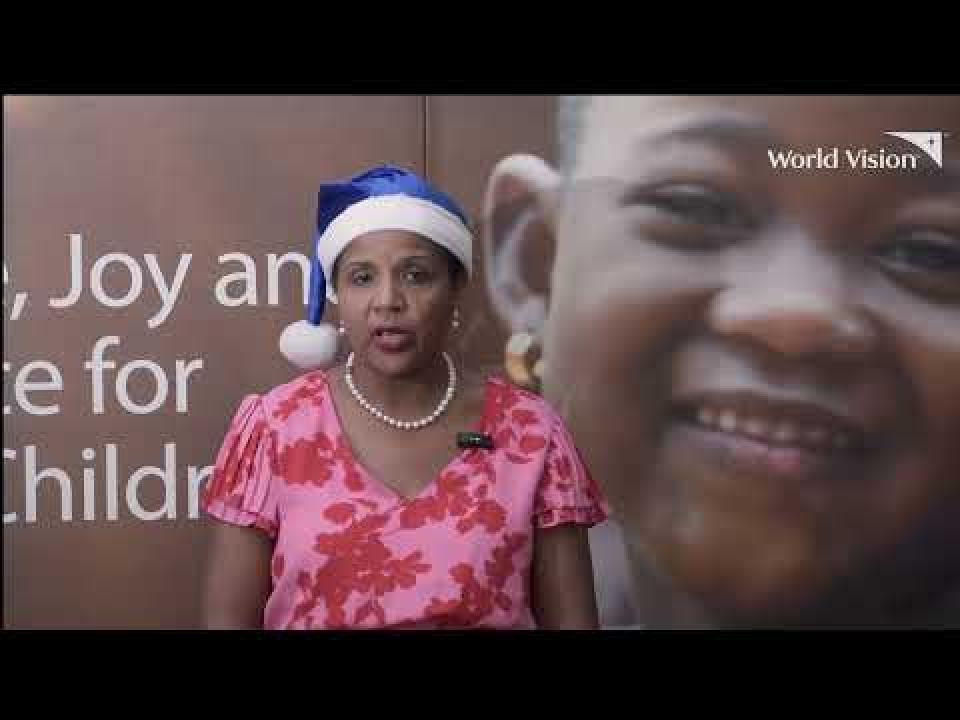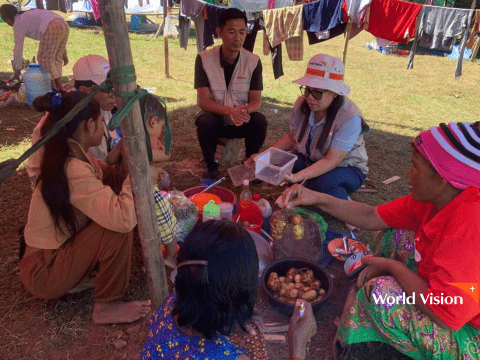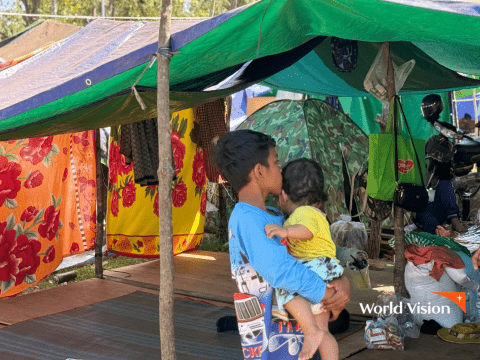When Women Rise, Nations Heal: Why Global Solidarity Must Begin at the Grassroots
Asuntha Charles, a Humanitarian Response Director, reflects on the resilience of local women, especially in the crisis zones, who are often overlooked leaders due to systemic marginalisation. She also lays emphasis on the need for humanitarian efforts to prioritise women in leadership, fund grassroots initiatives and embed gender equality at every level.
This World Humanitarian Day, I write not from a place of comfort but from the frontlines of suffering and resilience. I’ve walked through the ashes of conflict in Afghanistan, stood in the overcrowded camps of Cox’s Bazar, held hands with grieving mothers, and listened to quiet laments in Lebanon and Sri Lanka. This calling makes me stay when others leave. And in that staying, I’ve witnessed not only despair, but defiant hope.
The unseen power of local women
In every fragile setting where I have had the opportunity to serve, one truth has remained constant: the quiet, unwavering power of local women. From Sahira, who risked her life to teach girls in secret under Taliban rule, to Noor Begum, a Rohingya widow, who became a protector, reporting abuse and watching over orphaned children in the refugee camps, in the crumbling neighbourhoods of Lebanon, mothers, despite having nothing, found a way to cook for a hundred refugee children. These women are not victims. They are more than just survivors; they are leaders and the symbol of resilience. They don’t have a prominent title, but they perform their duties with fierce conviction.
Women often serve as unpaid providers of care and safe spaces—spaces of emotional, mental and spiritual healing; spaces protecting from violence and exploitation; spaces where children can be just children. That is what children need in highly volatile environments, where all is falling apart. Women truly are the soul-keepers of their communities.
Yet, they are often overlooked. Within the humanitarian system, they are still sidelined. The marginalisation of women within humanitarian systems is not accidental — it is rooted in long-standing cultural norms and patriarchal structures that shape both society and the humanitarian sector itself. From 2013 to 2023, only 5 percent of media articles covering the impact of conflict focused on women’s experiences. At the same time, around 80 percent of women in conflict zones are actively involved in providing relief and safety within their communities. While nearly 70 percent of men in conflict-affected areas maintain access to employment, less than 20 percent of women in conflict zones have paid work. Across cultures, women play vital caregiving and support roles, yet these are rarely seen as leadership. At all levels of decision-making worldwide, women are underrepresented and in the political space, achieving gender parity is off the mark.
Patriarchy reinforces this by concentrating power, voice, and visibility in the hands of men. Even within humanitarian organisations — which aim to promote justice and equality — leadership structures often reflect the same gender hierarchies they seek to challenge. Despite women accounting for over 40 percent of the humanitarian workforce, only 20 to 25 percent of senior management positions are occupied by women. These systems are shaped by global power dynamics that often ignore or devalue local, women-led responses.
Women are also disproportionately affected by insecurity and violence in fragile contexts, making it harder for them to participate in public spaces. In conflict-affected countries, 1 in every 7 women between the ages of 15 and 49 experienced gender-based violence in 2024. When women speak up or lead, they often face backlash, suspicion, or are simply not taken seriously — again, a reflection of patriarchal attitudes that resist women's agency.
It’s time to recognise caregiving as leadership and ensure women’s voices are not just heard, but centred.
That is what empowerment looks like: rootedness, courage, and selfless leadership
To truly empower women, we must go beyond token inclusion. Programmes must invest in women-led initiatives, provide civic and leadership training, and support access to education—especially in STEM and digital literacy. Community peacebuilding must place women at the centre, while funding must flow directly to women-led grassroots organisations. And lasting change must involve men and boys in challenging gender norms. When women are excluded, humanitarian responses fail to address their specific needs—protection from violence, access to reproductive care, and recognition as caregivers. Their exclusion weakens community cohesion and undermines sustainable peace. When women lead, communities not only survive—they begin to heal and thrive.
Listening, Resourcing, Scaling
Change begins by listening. We must prioritise women’s stories over imported solutions. We must invest in what already exists: their wisdom, networks, and strength. Let us stop offering charity when justice is required. Let us stop treating courage as rare when it is all around us—in women who have lost everything but refuse to lose hope.
A compelling example is World Vision’s “Empowered Women, Empowered Children” initiative in Cox’s Bazar. It established women-led community protection groups that offered safe spaces for support, leadership, and advocacy. Women identified risks, engaged with camp management, and influenced programme design. Having witnessed this transformation first-hand, we ensured women were not just included but enabled to lead—from feedback loops to frontline mobilisation. Such models must be scaled and adapted across other fragile contexts.
Walking With, Not Ahead
On this World Humanitarian Day, I honour the Afghan girl whispering the alphabet behind closed doors, the Lebanese mother feeding a stranger’s child, and the Rohingya girl drawing flowers in the dirt. These are the true healers of humanity. Not found on podiums, but in tents, kitchens, and classrooms. They show us that hope is a daily decision.
This is our sacred duty as humanitarians: to protect where others exploit, rebuild where others destroy, and love where others abandon.
Women do not walk away from pain—they walk through it, carrying others. They lift generations, rebuild nations, and reclaim futures. What they lack is not courage—it is recognition, support, and space to lead.
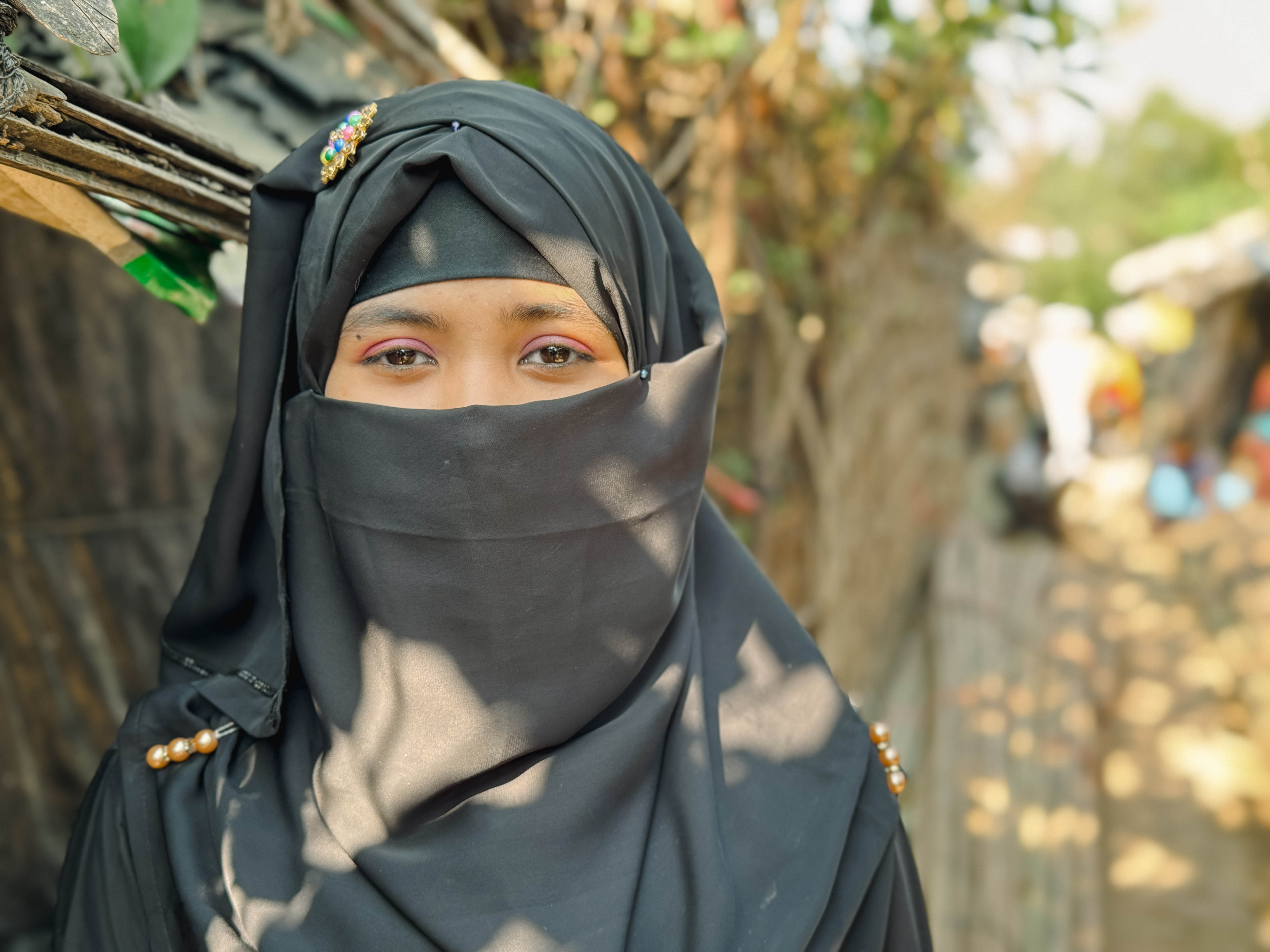
Five Tangible Actions
To place women at the centre of a humanitarian reset, we call for:
- Direct funding to women-led organisations – Allocate a greater share of humanitarian resources to grassroots women-led groups—bypassing complex bureaucracy.
- Institutionalize women’s leadership in crisis response – Ensure formal roles for women within camp management, community committees, and response planning.
- Scale women-led livelihood and resilience initiatives – Focus on vocational training, asset transfers, and market linkages—especially for female-headed households.
- Embed GBV prevention in all programming – Make protection integral across food security, WASH, shelter, health, and education—not an afterthought.
- Advocate for gender-equal policies and budgets – Push for donor commitments and legal protections that institutionalise women’s participation and rights.
Let us go beyond the margins. Let us walk with communities—not ahead of them. Let us centre women’s voices and leadership—because when women rise, nations begin to heal.
